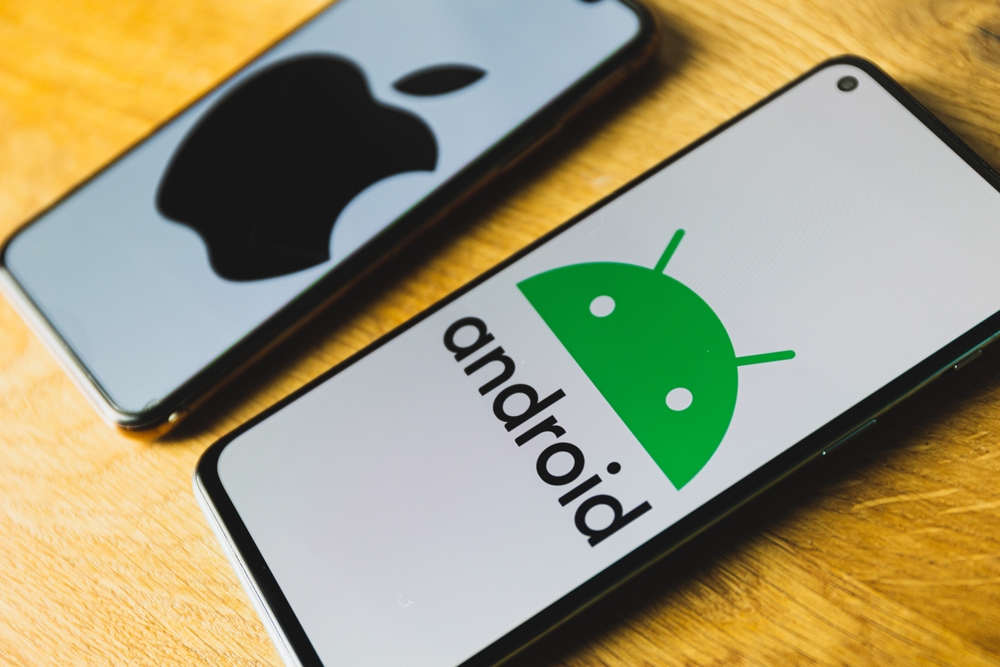
With the global smartphone user base surpassing 3 billion, the app market has become highly competitive. In this crowded digital landscape, creating an outstanding mobile Android or iOS app is just the first step towards success. To truly thrive, developers need to master the art of mobile iOS or Android app marketing. In this article, we will share insider tips and tricks to help you promote your mobile app effectively and achieve the results you desire.
1. Define Your Target Audience
Before diving into marketing, it's crucial to identify your target audience. Understand who your app is designed for and what problems it solves. By defining your target audience, you can tailor your marketing efforts to reach the right people.
Start by conducting market research and analyzing your competitors. Identify your app's unique selling points to position it effectively in the market. This deep understanding of your target audience will guide your marketing strategies and help you create content that resonates with potential users.
2. Optimize App Store Listings
Optimizing your app store listings is vital to increase visibility and attract potential users. The two main app stores, Google Play and the Apple App Store, have their own algorithms for ranking apps. By leveraging the right techniques, you can improve your app's discoverability and organic downloads.
Research relevant keywords and incorporate them organically in your app's title, description, and metadata. Use compelling screenshots and videos to highlight key features and benefits. Encourage positive user reviews and respond promptly to feedback to enhance your app store rating.
3. Leverage Social Media Marketing
Social media platforms provide a powerful avenue to promote your mobile App Store or Google Play app . Establish a presence on platforms such as Facebook, Instagram, Twitter, and LinkedIn, depending on your target audience.
Create engaging content related to your app, such as behind-the-scenes footage, tutorial videos, or success stories. Run targeted ad campaigns to reach potential users who match your defined audience. Collaborate with influencers or industry experts to expand your app's reach and credibility.
4. Implement App Store Optimization (ASO)
Similar to search engine optimization (SEO), app store optimization (ASO) helps your app rank higher in app store search results. By optimizing various elements of your app store listing, you can increase visibility and improve conversions.
Besides keyword optimization, pay attention to your app's icon, screenshots, and user ratings. A compelling icon can grab attention while screenshots should showcase the app's functionality and user interface. Encourage users to rate your app by prompting them at strategic moments within the app experience.
5. Run Paid User Acquisition Campaigns
While organic growth is essential, running paid user acquisition campaigns can give your app an initial boost. Platforms like Google Ads, Facebook Ads, and Twitter Ads allow you to target specific demographics, interests, and behaviors.
Set clear goals for your paid campaigns, such as increasing app downloads or driving conversions. Monitor and optimize your campaigns regularly by analyzing key metrics like cost per install (CPI), click-through rates (CTR), and lifetime value (LTV) of acquired users. This data-driven approach will ensure you allocate your marketing budget effectively.
6. Encourage User Engagement
User engagement plays a crucial role in the success and sustainability of your mobile Google Play or App Store app . Engaged users are more likely to become loyal customers and ambassadors for your brand.
Implement features that encourage user engagement, such as push notifications, in-app messaging, and gamification elements. Regularly update your app with bug fixes, new features, and improvements based on user feedback. Building a strong community and fostering communication with your users will help create a loyal user base that advocates for your app.
Frequently Asked Questions
Q1: How can I identify my target audience for my mobile app?
A1: Conduct market research, analyze competitors, and define your app's unique selling points to identify your target audience. Understand their demographics, interests, and pain points to tailor your marketing strategies effectively.
Q2: How can I optimize my mobile app store listing?
A2: Research relevant keywords and incorporate them organically in your app's title, description, and metadata. Use appealing screenshots and videos highlighting key features, and actively encourage positive user reviews to improve your app store rating.
Q3: What social media platforms should I use to promote my mobile app?
A3: Choose social media platforms based on your target audience. Facebook, Instagram, Twitter, LinkedIn are popular options. Create engaging content, run targeted ad campaigns, and collaborate with influencers to expand your app's reach.
Q4: How can ASO help improve my app's visibility?
A4: App store optimization (ASO) involves optimizing various elements of your app store listing, including keywords, icon, screenshots, and user ratings. By improving these elements, your app will rank higher in app store search results.
Q5: Should I run paid user acquisition campaigns for my mobile app?
A5: Paid user acquisition campaigns can give your app an initial boost, but it's important to set clear goals and monitor key metrics closely. Platforms like Google Ads, Facebook Ads, and Twitter Ads allow you to target specific demographics, interests, and behaviors.
By implementing these insider tips and tricks, you can effectively market your mobile app and maximize its chances of success. Remember, mobile app marketing is an ongoing process, so regularly review and optimize your strategies based on user feedback and changing market dynamics.
Other useful resources
- https://www.appguru24.com/promote-android-app/
- https://www.appguru24.com/apps-directory/ios/